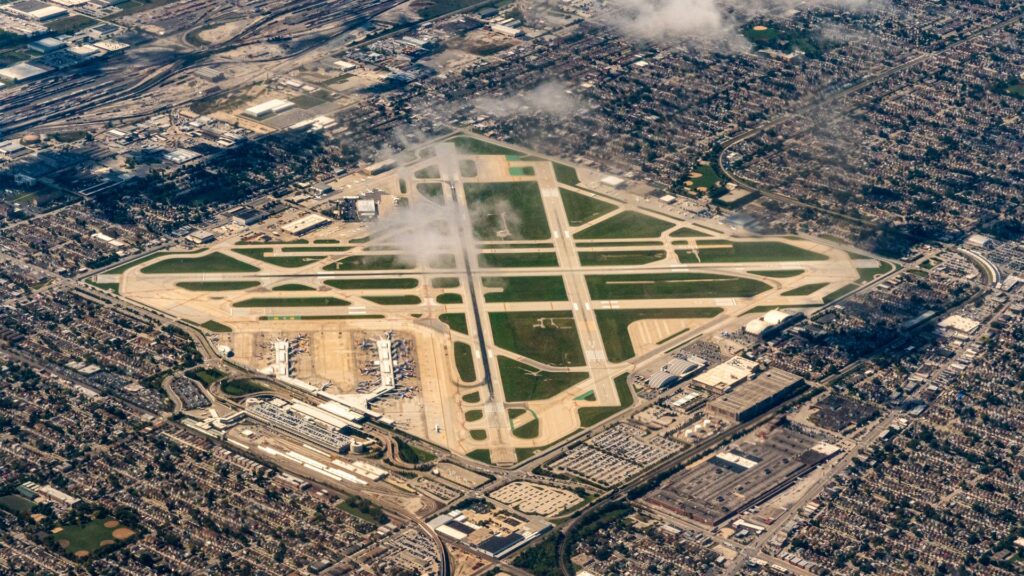
The United States is home to some of the oldest airports in continuous operation, showcasing the evolution of aviation from its early days to the present. These airports serve as living museums, reflecting a rich history filled with notable milestones. From pioneering flights to modern aviation services, the following ten airports have stood the test of time, illustrating the significant shifts in air travel.
10. Albert Whitted Airport – Opened in 1929
Located in St. Petersburg, Florida, Albert Whitted Airport opened in the summer of 1929. Named after local naval aviator Lt. James Albert Whitted, the airport emerged from the city’s early relationship with aviation, highlighted by the world’s first scheduled airline flight in 1914. Over the years, it has hosted numerous aviation activities, including blimps and early airline services. Despite facing redevelopment controversies, the airport remains operational today, serving as a hub for flight training and sightseeing while preserving its historical significance.
9. Spartanburg Downtown Memorial Airport – Opened in 1927
The Spartanburg Downtown Memorial Airport, which began operations in 1927, played a crucial role in early air mail routes. Charles Lindbergh even visited during his nationwide tour after his transatlantic flight. Initially serving as a general-use field, it has since become a vital asset for local aviation, hosting air shows and community events. Today, it continues to support business aviation and flight instruction, reflecting strong local stewardship.
8. Cleveland Hopkins International Airport – Opened in 1925
Cleveland’s Hopkins International Airport opened its doors in 1925 as one of the first municipally owned airports in the country. It set several precedents, including the installation of the nation’s first radio-equipped control tower. Over the decades, it has evolved significantly, becoming a major commercial gateway with ongoing modernization initiatives to enhance passenger experience and cargo handling.
7. Logan International Airport – Opened in 1923
Initially known as Jeffery Field, Logan International Airport opened in 1923 on reclaimed harbor flats in Boston. It grew into New England’s primary international gateway post-World War II, undergoing substantial expansions to accommodate rising passenger traffic. Today, Logan is a bustling hub featuring multiple carriers and extensive international flights, all while addressing environmental challenges and community impacts.
6. Midway International Airport – Opened in 1923
Originally established as Chicago Air Park in 1923, Midway International Airport became a crucial part of early airline networks. Renamed in 1949 in honor of the WWII Battle of Midway, it briefly held the title of the world’s busiest airport in the late 1940s. Although its role shifted with the rise of O’Hare International Airport, Midway remains a significant commercial airport today, known for its efficient operations and proximity to downtown Chicago.
5. Long Beach Airport – Opened in 1923
Long Beach Airport’s history traces back to 1911, but it was officially established as Daugherty Field in 1923. The airport has hosted numerous significant aviation events and is known for its Streamline Moderne terminal. Today, it serves a mix of general aviation and commercial flights, while preservationists continue to emphasize its rich heritage.
4. Minneapolis–St. Paul International Airport – Built in 1920
Minneapolis–St. Paul International Airport, initially known as Speedway Field, began its journey in 1920 when airmail services commenced. Over the years, it transformed into a major airline hub, especially for Northwest Airlines, and now serves as a modern international gateway with a focus on passenger experience and infrastructure investment.
3. Stinson Municipal Airport – Opened in 1915
Founded in 1915 by the Stinson siblings, Stinson Municipal Airport is recognized as the oldest continuously operating airport west of the Mississippi. It has served multiple roles, including military training and community events. Today, it remains a busy general aviation airport and is listed on the National Register of Historic Places.
2. Pearson Field – First Flights Recorded in 1911
With its history beginning in 1905 and the first fixed-wing flights recorded in 1911, Pearson Field is one of the nation’s oldest operating airfields. It has hosted numerous significant aviation milestones, including the arrival of Soviet aviator Valery Chkalov in 1937. Today, it serves general aviation needs while preserving its historical legacy through the Pearson Air Museum.
1. College Park Airport – Established in 1909
Recognized as the oldest continuously operating airport in the world, College Park Airport was established in 1909 by the US Army Signal Corps. It has a rich history that includes early military flight instruction and pioneering airmail operations. Today, College Park remains active in general aviation and serves as a living museum, showcasing its remarkable contributions to aviation history.
These ten airports encapsulate the essence of American aviation, highlighting the journey from rudimentary airfields to modern aviation hubs. With each location representing a unique chapter in aviation history, they continue to thrive, adapting to the changing landscape of air travel while honoring their storied pasts.






